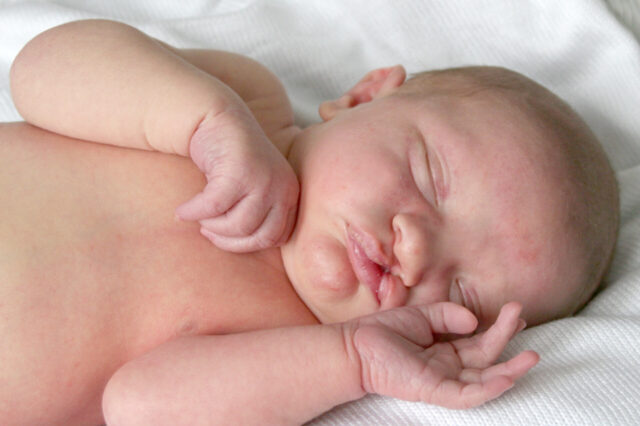Clearing Up Everything Cleft and Craniofacial

Craniofacial deformities include birth defects in the face or head. Many people know about cleft lips and cleft palates, but that tends to be where their knowledge on the topic ends. In light of July being Cleft and Craniofacial Awareness Month, it’s time to clear up some misconceptions and promote a greater understanding of the condition.
Myth: Craniofacial abnormalities have cognitive impacts on the individual.
False!
These deformities purely affect the face and head, and have no effect on the brain. People with craniofacial deformities do not have any kind of mental disability as a result and do not have altered personalities or intellectual capabilities.
Myth: Craniofacial deformities are a result of the parent doing something wrong during the pregnancy.
False!
While the direct cause is unknown, research indicates that the condition comes from a combination of genetic and environmental factors. Parents often think they did something wrong and the deformity is their fault, but isolated cleft lip or palate is nobody’s fault. Cleft palate and/or lip occurs for a variety of reasons and is among the most common birth defects, according to Centers for Disease Control and Prevention.
Did you know? Cleft lip is more common in boys than in girls, but isolated cleft palate is more common in girls.
Myth: Craniofacial deformities require emergency surgery.
False!
In some cases, surgeons will wait at least a year to operate on infants with craniofacial deformities to let the child grow and develop healthily. While there are certain cases that require quicker surgery, these instances are very care and occur with conditions like Pierre Robin sequence, where the child’s airways are obstructed.
Myth: Oral clefts are the only type of craniofacial deformity.
False!
While the most common, cleft palate and/or lip are not the only type of craniofacial deformity. Other common forms of craniofacial deformities include craniosynostosis, hemifacial macrosomia and Goldenhar syndrome. Some of these deformities stem from a specific genetic mutation unique to the patient, making their care more specialized.
To learn more about craniofacial deformities or seek treatment, visit the UF Health Craniofacial Center. Our team of specialists have been seeing patients for over 40 years and are equipped to handle a multitude of conditions and provide resources on education, financial assistance and support organizations for patients and their families.
About the author
